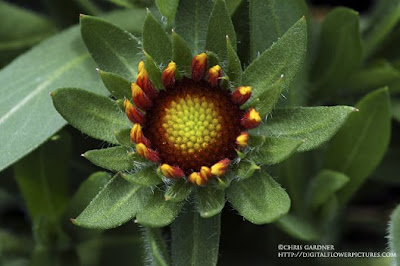
French Hollyhock
Malva sylvestris '
Zebrina'
(MAL-vuh) (sil-VESS-triss)
Striped flowers always seem to capture my fancy and this one is no exception. French Hollyhock seems to grow best in lean soil that is well drained. They self seed profusely and the mother plants usually die out. It has over wintered for me before but I really don’t count on it. It is well worth it to grow it as annual as it blooms all season.
This is a wild rose that was blooming alongside a road into an industrial park that I was turning around on. I just decided to grab the camera and hop out of the truck and take a picture. It had a hint of fragrance but I am not sure if that wasn’t from having literally thousands and thousands of the same flower blooming all along the road. This flower wasn’t much to look at from afar but when viewed up close it was easy to see that it was really beautiful including the touch of blush and the way the stamens are arranged.

Since last Sunday I included a Peony picture here is another of the Peonies growing in the garden. This one is called ‘Gay Paree’. You can see the colors are great and they grow on about a 30 inches tall plant. It has a good fragrance. There is only one of these in the garden and it has been a little slow to develop but usually has a couple of flowers. It is considered an Anemone flowering type.

Here is a list of common names for
Malva sylvestris from
The Malva (Mallow) PagesEnglish (Australian): Tall Mallow
English (British): Common Mallow
English (American): High Mallow
French (Jersey): p'tite mauve
Spanish: Malva común, Malva Silvestre
Portuguese: (Brasil) Malva Silvestre
Italian: Malva, méiba, nalba, riondella
Romanian: Nalba de culturä, nalba de padure
German: Kultur-käsepappel
Dutch: Groot Kaasjeskruis
Swedish: rödmalva
Norwegian: Apotekerkattost
Finnish: Kiiltomalva
Estonian: mets-kassinaeris
Czech: sléz lesní
Slovak: slez lesný
Slovene: Gozdni slezenovec
Croatian: Sljez crni, Sljez divlji
Serbian: crni slez
Hungarian: Erdei mályva, mályva, Papsayt
Welsh: Hocysen Gyffredin
Basque: ziga, zigiña
Maltese: Hobbejza tar-raba
Korean: Dang-a-uk
For more flower pictures from around the world check out:
Today’s Flowers .
 Blue Geraniums
Blue Geraniums A different variety
A different variety
 Bee Balm
Bee Balm
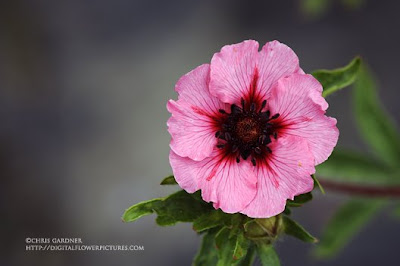
 Threadleaf Coreopsis
Threadleaf Coreopsis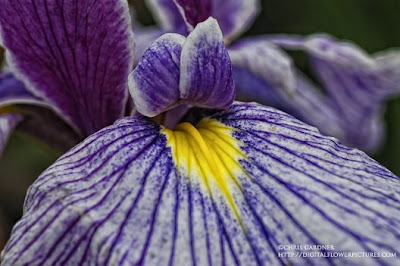 Japanese Iris
Japanese Iris


 Black-eyed Susan
Black-eyed Susan

 China Pinks
China Pinks


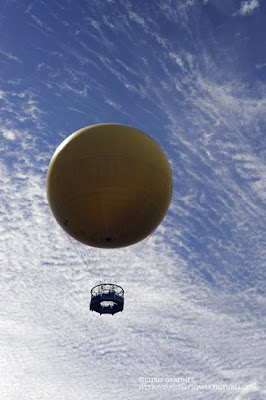


 Cucumber Magnolia
Cucumber Magnolia


 French Hollyhock
French Hollyhock

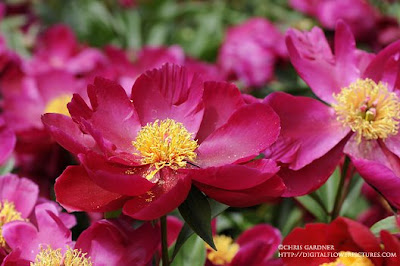
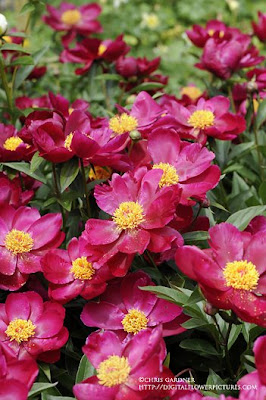




 Louisiana Iris
Louisiana Iris

 Blanket Flower
Blanket Flower